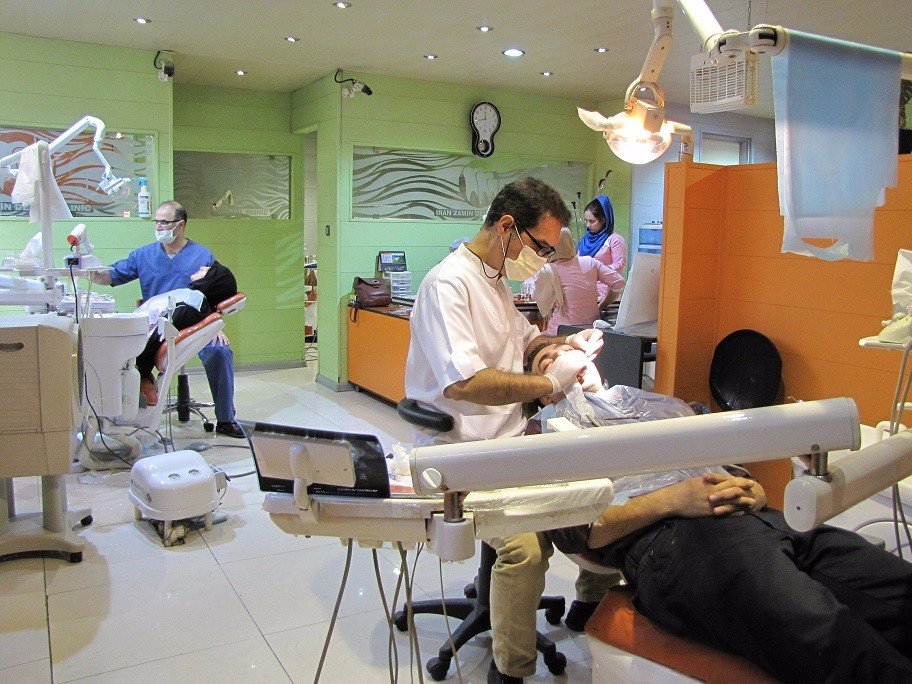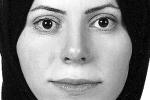The Second Exhibition of Dental Materials and Instruments and 57th International Exhibition and Congress of Iranian Dental Association, also known as EXCIDA 57, were held at Tehran’s Permanent Fairground and Iran International Conference Center respectively.
The two events opened on May 14 and concluded on Thursday.
Iranian dental practitioners are required to keep up with developments in oral health care by regularly attending mandatory courses for refining their techniques on a consistent basis. Such courses are often taken in large groups, run by prominent local or foreign lecturers, researchers or clinicians, and as a result, dentists get the opportunity of meeting fellow professionals.
“By taking advantage of new technological developments, including laser techniques, nonsurgical periodontal therapies, dental implant prosthesis, digital radiography and operatory software, Iranian dentists have proved to be the best in the Middle East,” Dr. Masoud Farhan, a dental surgeon, told Financial Tribune.
“Dental treatment provided by Iranian dentists is on a par with that of their American or European counterparts.”
Farhan noted that the average fee charged by Iranian dentists is one-tenth of the dental cost in developed countries. He added that many Iranians living abroad make time to get affordable dental care during their visit to Iran.
“On top of that, there are travel agents who arrange dental tours to Iran mostly from Persian Gulf littoral states and neighboring countries,” he said.
Dental tourism or dental vacations is a subset of medical tourism. It involves individuals seeking dental care outside their local healthcare systems to take advantage of lower prices of dental services in a host country.
Farhan said eminent university professors are the “real” importers of up-to-date technologies and newest dental techniques into the country.
CAD/CAM (computer-aided design and computer-aided manufacturing) dentistry to improve the design and creation of dental restorations, especially dental prostheses, is the newest technology in the world that has been transferred to Iran.
“But unfortunately, almost all the dental technological equipment and dental materials are imported. We have brought in the science but not the technology of making advanced equipment. Local production thrives when it comes to making run-of-the-mill instruments but as the technology employed in a dental tool gets sophisticated, imports outweigh production,” he said.
According to Dr. Farhan, dental materials (composite resin, dental cement, implants and glass ionome, etc.) are mostly imported from European countries but lately Japan and South Korea have managed to gain a foothold in this market.
“False teeth with petrochemicals as their raw material are made locally,” he added.
There are local producers who have been active in manufacturing dental chair and dental units for decades.
“Dental units must be practical, functional and beautifully designed,” said the sales specialist of Pars Dental Company, Mahboubeh Fathi.
“The units produced in Iran are strong on practicality, but more work needs to be done on their designs. In addition, giving after-sales services is highly important when it comes to the dental market.”
Fathi said after-sales services of imported products are usually very poor in Iran, which has given an edge to local producers who offer long warranty and proper after-sales services.
“The prices of domestically-produced units range from 135 million rials ($3,600) to 175 million rials ($4,666), but those of international brands like Germany’s Ritter Dental cost more than 300 million rials ($8,000),” she said.
Fathi noted that the government has blocked the import of cheap Chinese products in recent years.
Among the exhibitors, there were some with creative ideas and products. Jafar Saeedi of Arya Teb-e Saeed had taken out a patent on his new type of portable dental unit.
“This mobile package of chair, light, engine, suction pumps and water pipes, which only weighs 12 kilograms, can be taken to schools, homes of old bed-ridden men and women who are unable to go to a dentist or less privileged areas,” he said.
EXCIDA is the best-known dental congress/exhibition in Iran and the leading dental education provider for Iranian dental professionals. According to its organizers, it is gaining prominence every passing year as it enhances the scientific knowledge and practice of dentistry.
As advancements in technology continue to push dental industry forward, it is important for practitioners to stay up-to-date with the latest in preventive care, diagnostics and treatment technologies.
Before the 1979 victory of Islamic Revolution, there were only two schools of dentistry in Iran, namely the Faculty of Dentistry of Tehran University and the National University of Iran (today’s Shahid Beheshti University).
The duo conducted specialized courses in orthodontics, periodontology, prosthesis, dental surgery and oral medicine. Currently, 16 dentistry schools are active under the auspices of the Ministry of Health and offer 11 specialized majors.



